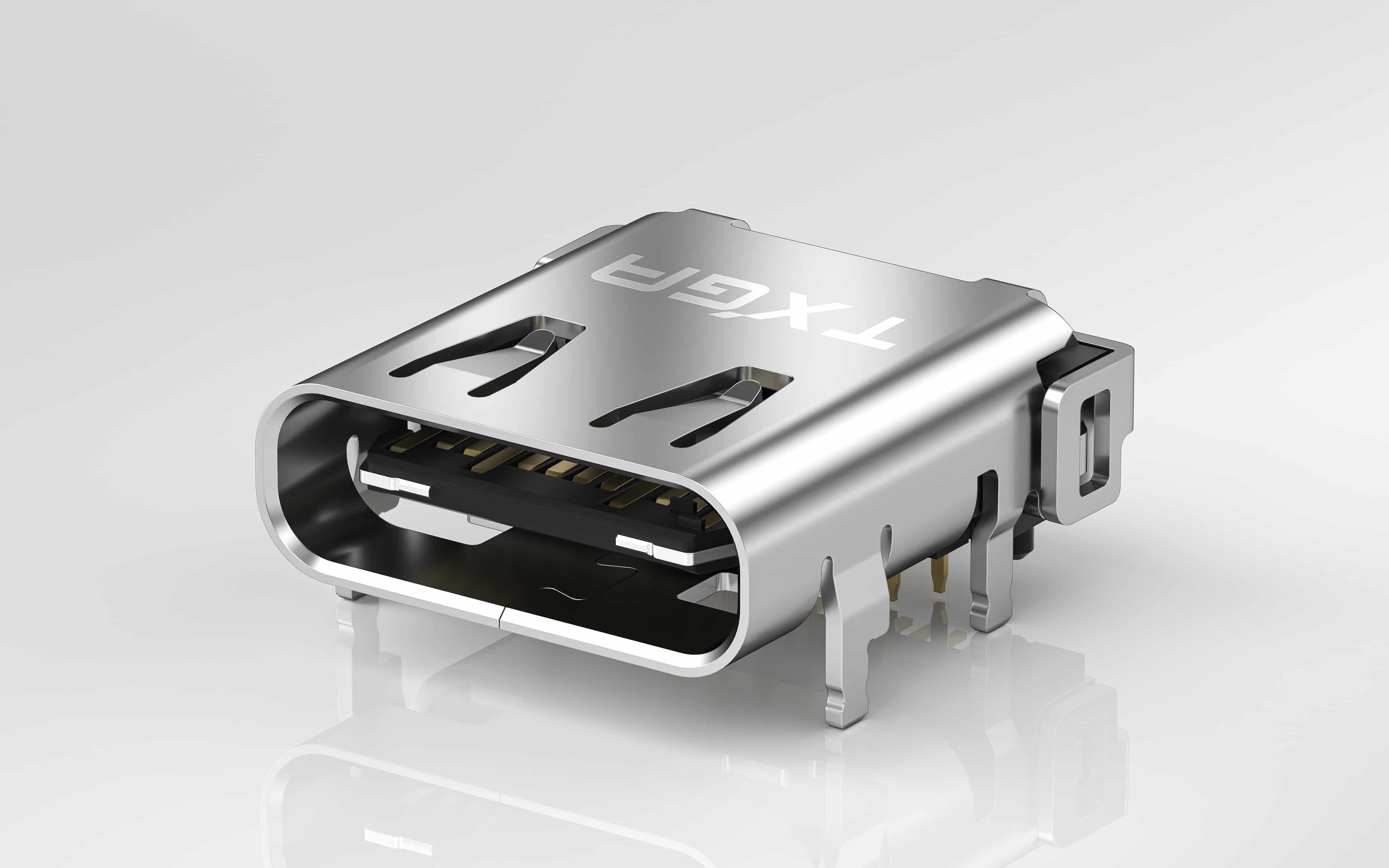Hot Swap refers to the ability to safely insert or remove device cards or modules without shutting down the system power. In order to ensure the safety and reliability of the hot plug process, the hot plug protection design of the connector is crucial. According to the degree of impact on devices and signals during live plugging and unplugging of circuits, hot plug protection design is usually divided into four levels, from level 0 to level 3, each representing different protection capabilities and design requirements.
1、 Level 0 protection
Level 0 protection is the lowest level of hot swappable protection. A circuit board with a level 0 protection design must be powered off before insertion and removal to ensure safety. This design does not provide suppression protection for transient currents or sudden voltage changes, and during the insertion and removal process, the circuit board interface cannot enter a high impedance state. If the system is powered on and unplugged, the interface devices or other components on the board are likely to be damaged. Therefore, circuit boards with only level 0 protection cannot actually achieve true hot plugging.
2、 Level 1 protection
The Level 1 protection design introduces the concept of partial power outage. A circuit board with Level 1 protection can limit the current between the live bus and the interface of the inserted circuit board during power failure, thereby preventing damage to the inserted circuit board. This transient current limiting mechanism allows the circuit board to perform live plugging and unplugging without interrupting the main power supply. However, during the plugging and unplugging period, the main system must pause signal transmission to avoid potential signal conflicts.
3、 Level 2 protection
The level 2 protection design further enhances the security of hot plugging and achieves true hot plugging functionality. A circuit board with Level 2 protection not only has the ability to provide Level 1 protection, but also effectively prevents driver conflicts during insertion and removal of the circuit board. More importantly, the signal terminal can maintain a high impedance state before the power supply voltage rises to the specified value, and output according to the preset state after the power supply voltage exceeds the specified value. This ensures that unexpected signals are not generated at the signal end during the insertion and removal process, thereby avoiding driver conflicts and data damage.
4、 Level 3 protection
Level 3 protection is the highest level of hot plug protection, achieving real-time insertion functionality. A circuit board with a 3-level protection design has no restrictions, constraints, or requirements on system power and signals during live plugging and unplugging. This means that live plugging and data exchange can be performed synchronously, meaning that plugging and unplugging operations will not damage data or devices under any circumstances. This provides users with maximum convenience and flexibility.
At present, hot swappable connectors generally follow the design principle of "connect first, disconnect later". By carefully designing the length of the terminals and controlling the power-off sequence of different terminals, safe and convenient hot plugging functions can be achieved. This design ensures stable transition of power and signals during the plugging and unplugging process, maximizing the protection of system and device safety.
